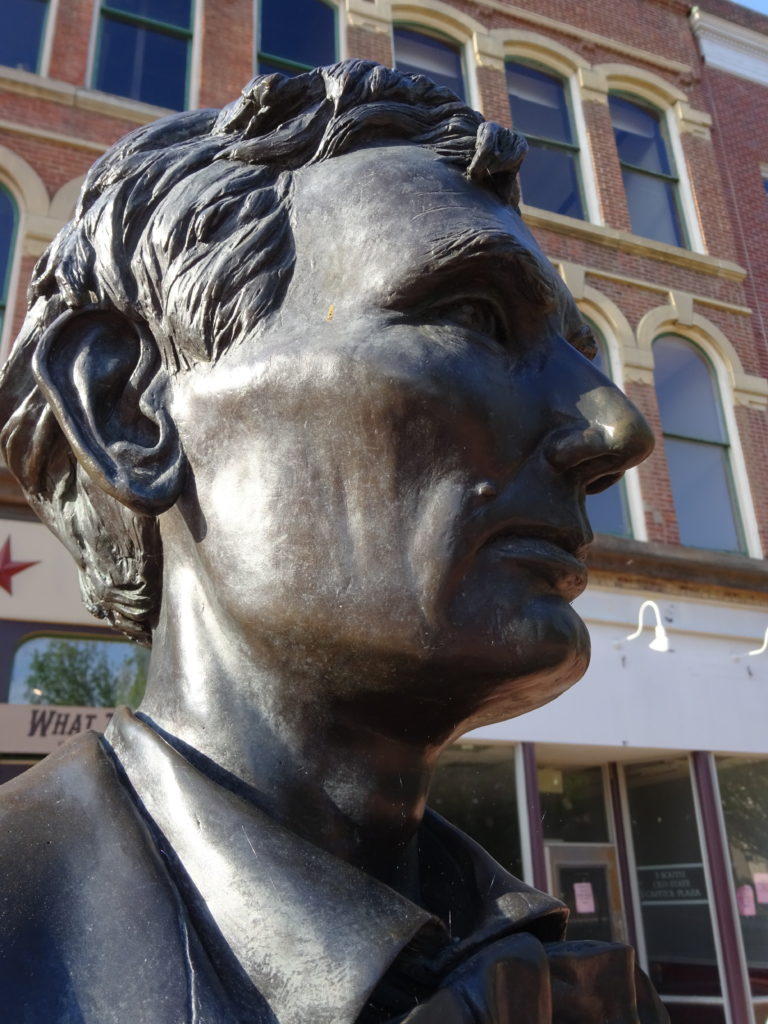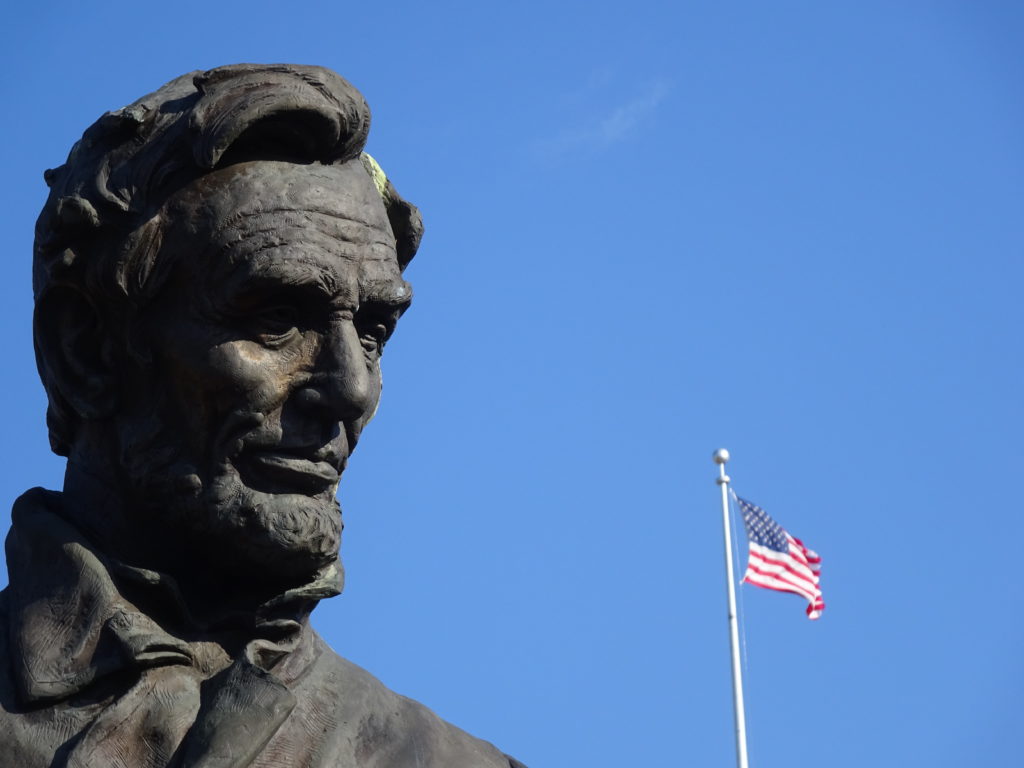Recently I was in San Antonio and visited the world-famous Alamo. I was surprised that the real-life Alamo and the battle was a little different than the Disney version I remembered as a kid. There was also some science.
My view of what the Alamo looks like was correct – it looks like this:
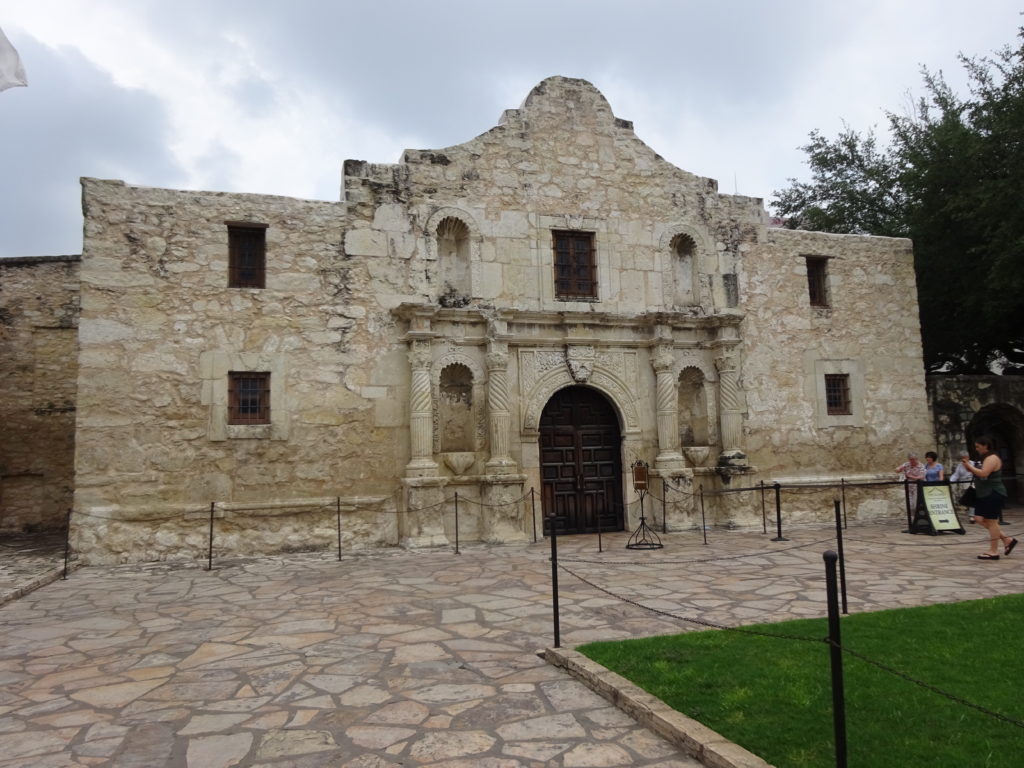
But apparently it didn’t look like that during the famous 1836 battle in which between 182-257 Texians were killed in a siege and attack by General (and Mexican President) Antonio Lopez de Santa Anna. The iconic bell-shaped top was only added much later. I was also surprised to learn that the Alamo complex was actually a much larger compound inside sturdy walls and a series of outer buildings. It was only after the Mexican army overwhelmed those walls that the few remaining Texians, including Davy Crockett, James Bowie (of Bowie knife fame), and William Travis, finally retreated to the mission chapel that stands as the symbol of the Alamo today.
In the grounds behind the chapel I came across a surgeon with his tools of the trade.
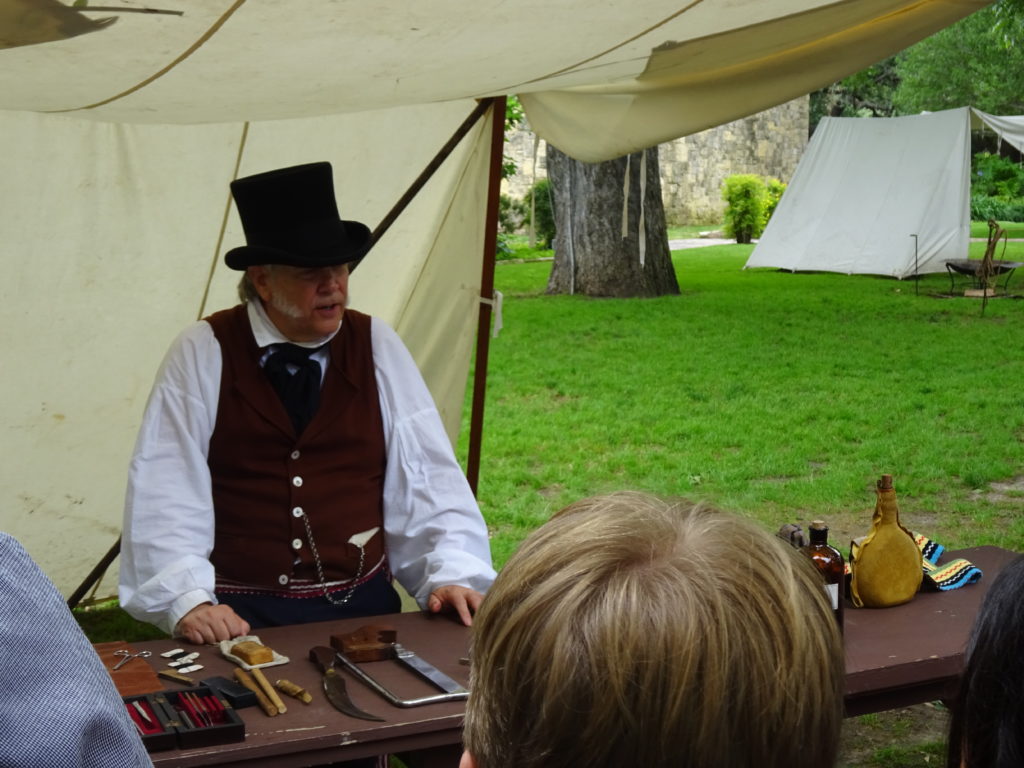 The good doctor regaled us with stories of the medical practices of the day. You can see the hacksaw on the table used for amputations. There are also leeches for bloodletting, stiff brandy for medicinal painkilling, and a variety of other instruments that range from precursors of today’s instruments to objects that seemed more appropriate for the Marquis de Sade.
The good doctor regaled us with stories of the medical practices of the day. You can see the hacksaw on the table used for amputations. There are also leeches for bloodletting, stiff brandy for medicinal painkilling, and a variety of other instruments that range from precursors of today’s instruments to objects that seemed more appropriate for the Marquis de Sade.
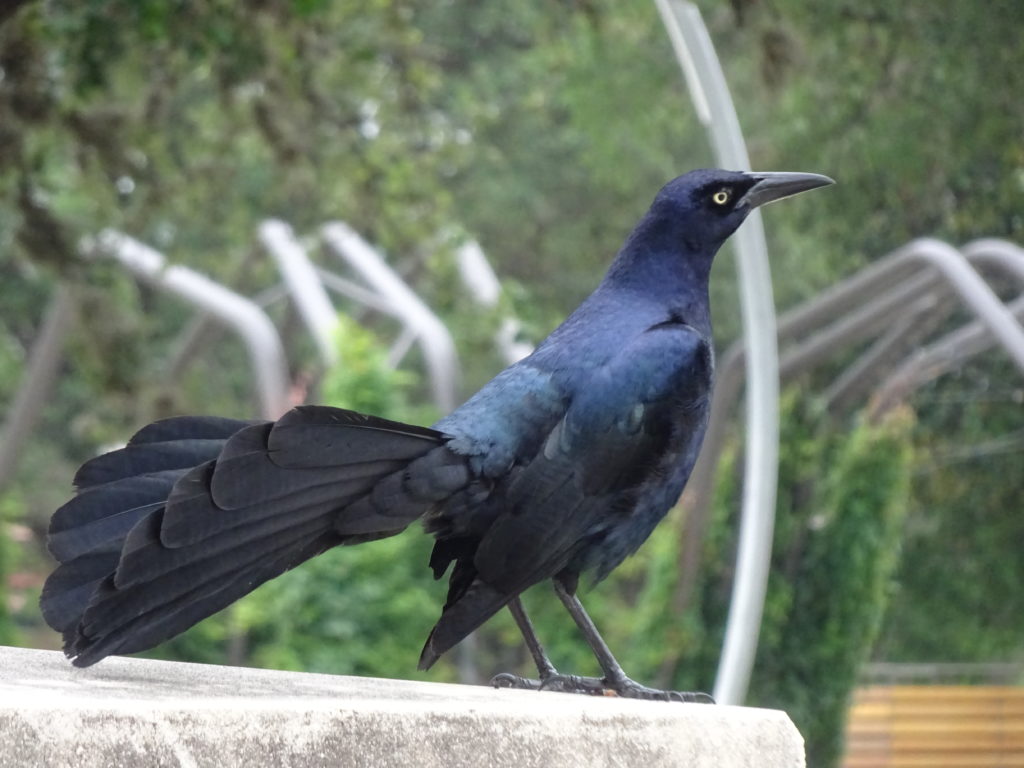
Interrupting the demonstration was a beautiful Great-Tailed Grackle (Quiscalus mexicanus) with its iridescent feathers, rudder-like tails, and haunting yellow eyes. These birds are much bigger than the Common Grackles (Quiscalus quiscula) I normally see, or even the much closer Boat-Tailed Grackles (Quiscalus major) that are less common and hang out near marshes. While the male Great-Tails were getting all the attention, the less iridescent and smaller females were busy grabbing plant material to repair the nests and grubs to feed the young.

By now the doctor was finishing up his presentation. Little did I know he wouldn’t be the last doctor I would see that day. But that’s a story for another time.
That’s all folks! At least for now.
David J. Kent has been a scientist for thirty-five years, is an avid science traveler, and an independent Abraham Lincoln historian. He is the author of Tesla: The Wizard of Electricity and two e-books: Nikola Tesla: Renewable Energy Ahead of Its Time and Abraham Lincoln and Nikola Tesla: Connected by Fate. His book on Thomas Edison is due in Barnes and Noble stores in July 2016.
Follow me by subscribing by email on the home page. And feel free to “Like” my Facebook author’s page and connect on LinkedIn. Share with your friends using the buttons below.




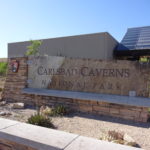
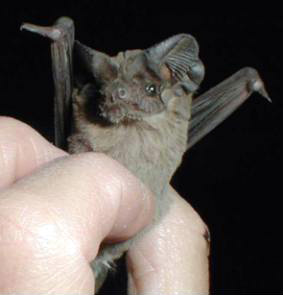
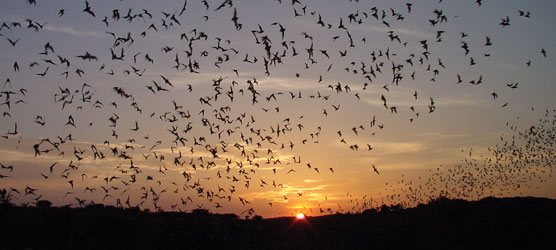
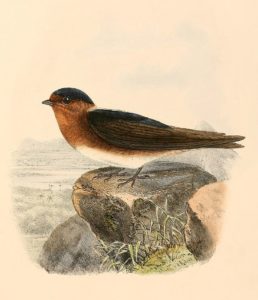

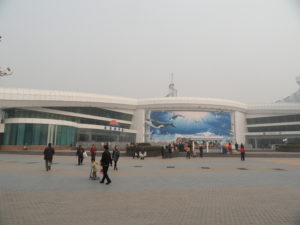
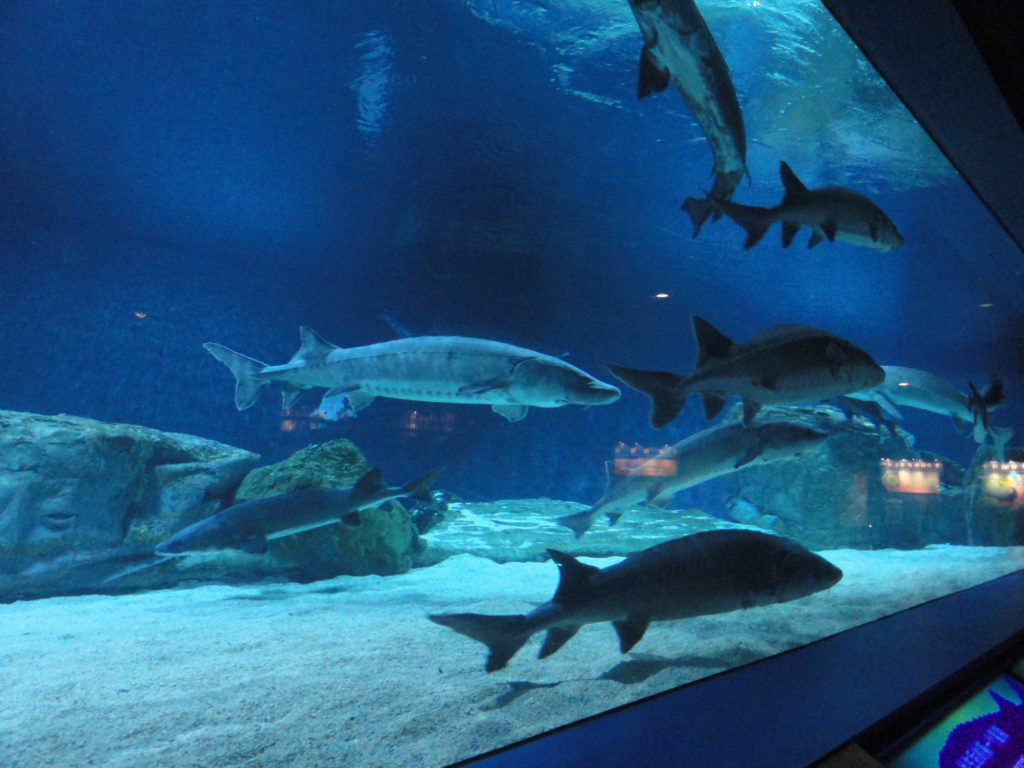


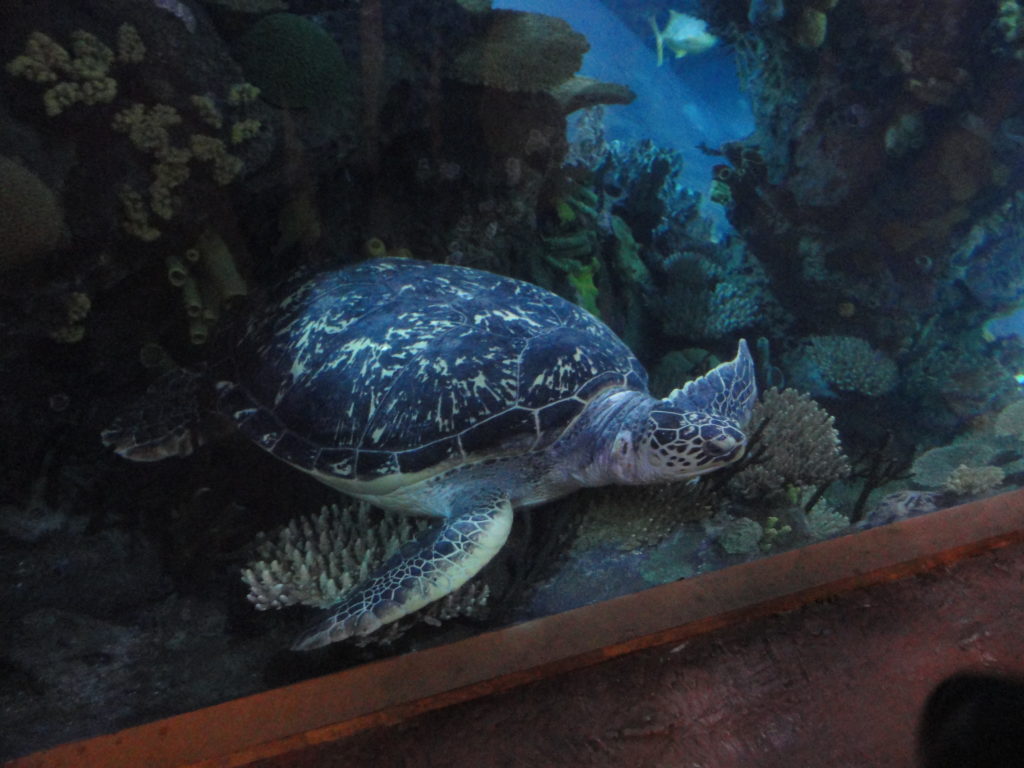

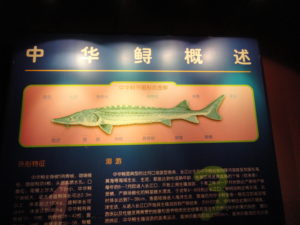

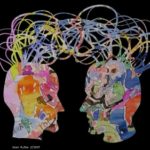
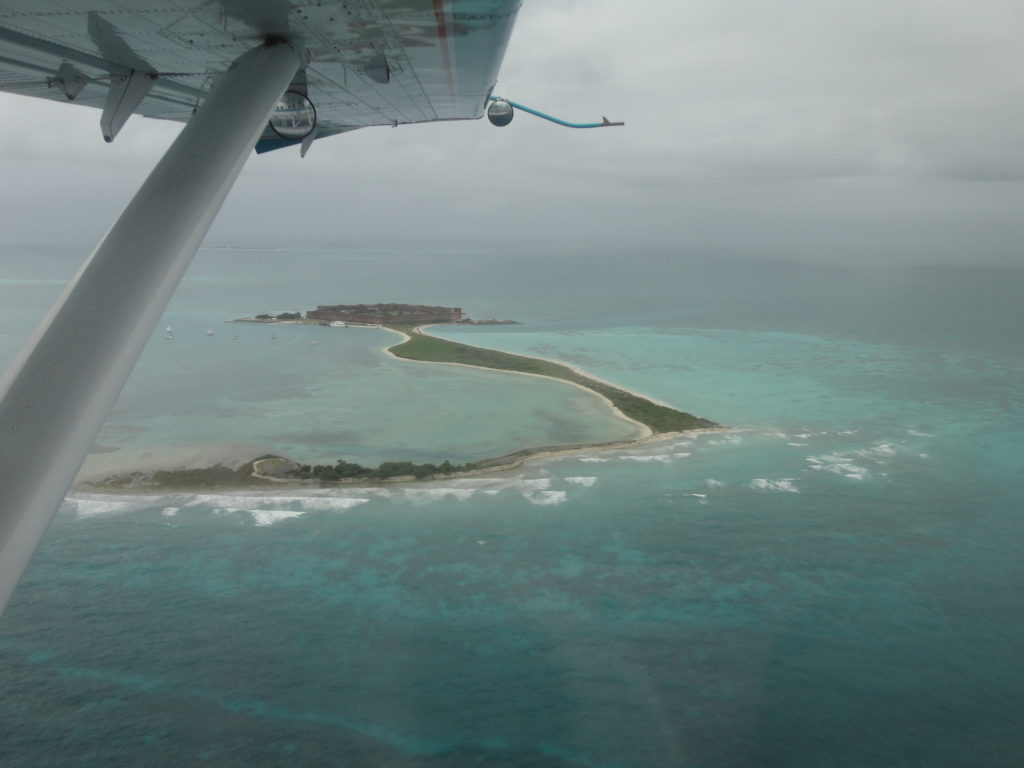

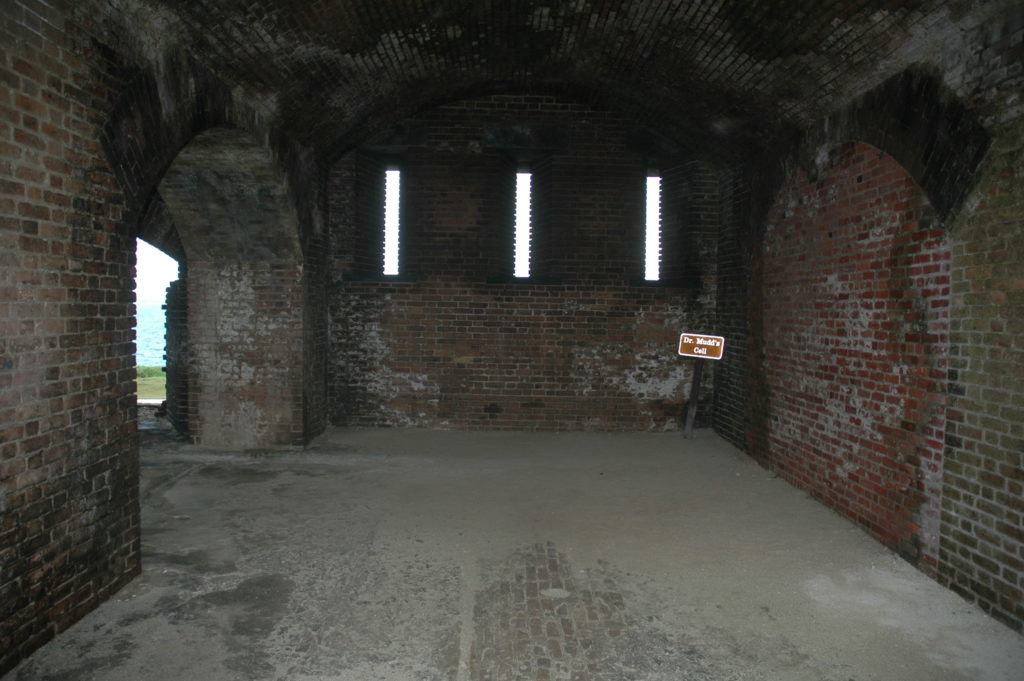
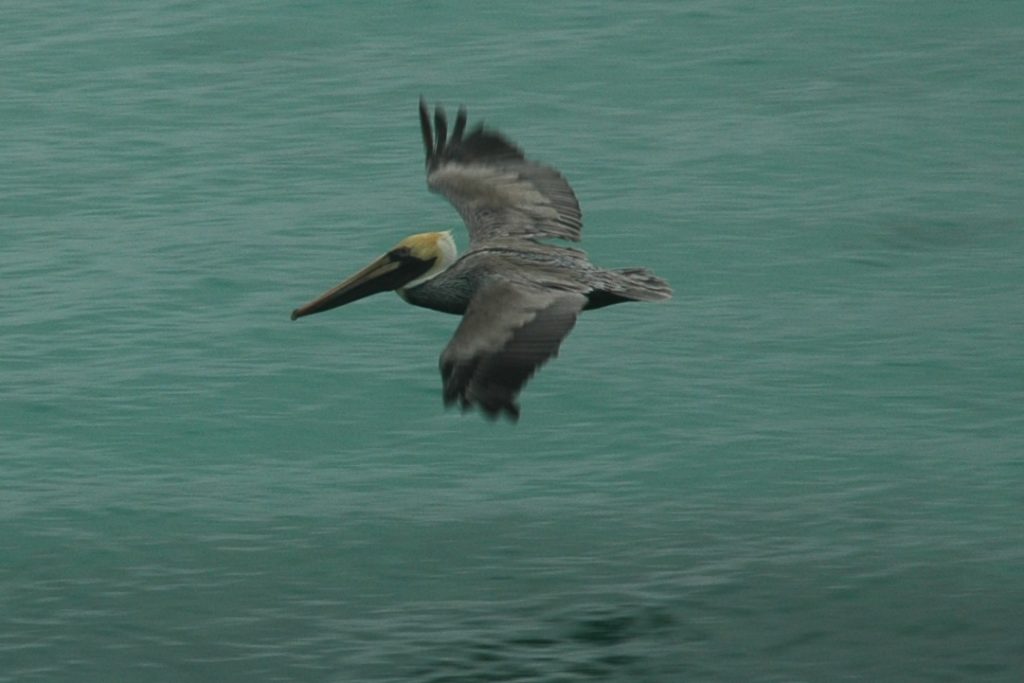
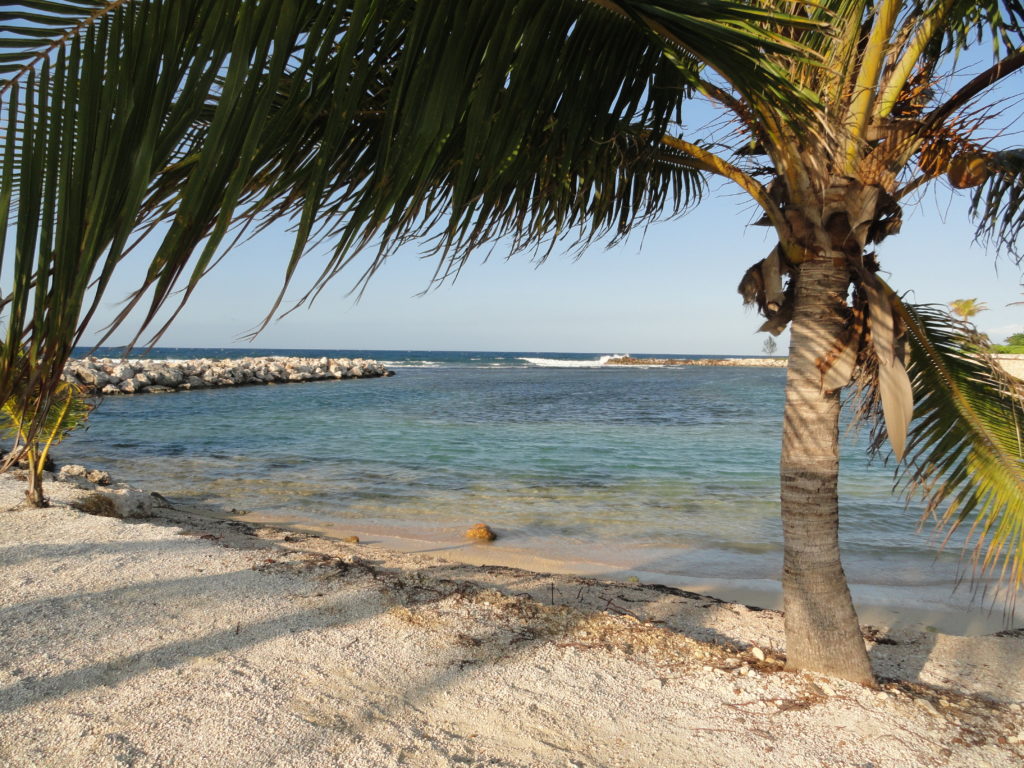

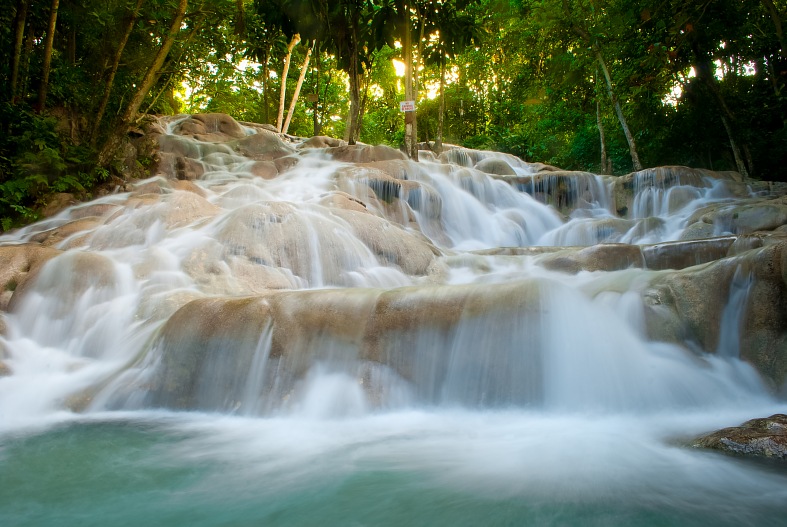
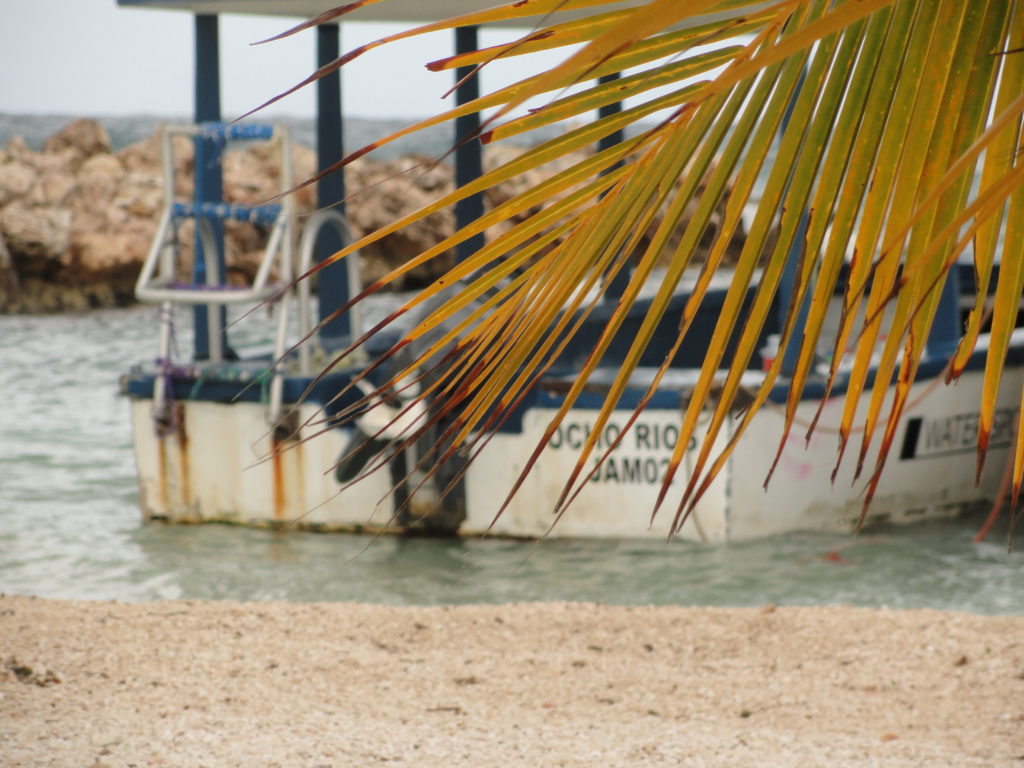
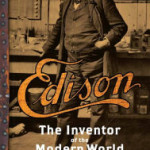 Thomas Edison is well known as one of America’s greatest inventors. But how did he get his start? My new book, https://www.barnesandnoble.com/w/edison-david-j-kent/1121320316?ean=9781435162136 (July 2016 release date), takes a look at how Edison fell into a career of invention, feuded with other inventors like Nikola Tesla and George Westinghouse, and changed the world. From the prologue:
Thomas Edison is well known as one of America’s greatest inventors. But how did he get his start? My new book, https://www.barnesandnoble.com/w/edison-david-j-kent/1121320316?ean=9781435162136 (July 2016 release date), takes a look at how Edison fell into a career of invention, feuded with other inventors like Nikola Tesla and George Westinghouse, and changed the world. From the prologue: